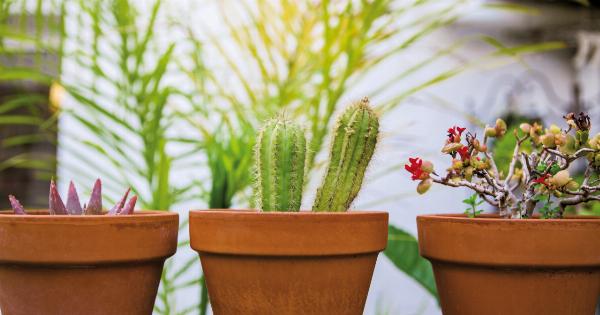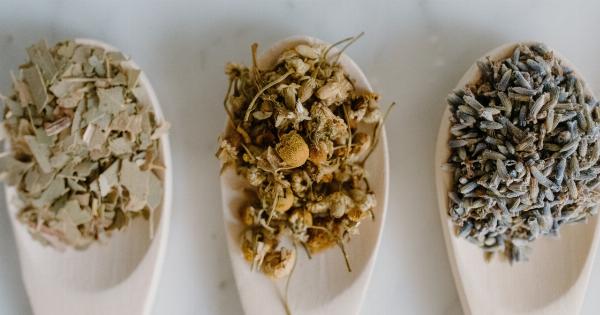Diabetes mellitus is a chronic metabolic disorder characterized by high blood sugar levels resulting from defects in insulin secretion, insulin action, or both.
It is a global health problem affecting millions of people worldwide, with estimates suggesting that the number of individuals with diabetes will increase to over 592 million by 2035. The traditional approach to diabetes management is through medications and lifestyle changes, but there has been growing interest in using plants with antioxidant properties as antidiabetic agents.
Antioxidants and Diabetes
Oxidative stress contributes significantly to the development and progression of diabetes by causing damage to pancreaticbeta-cells and insulin resistance.
Antioxidants can scavenge free radicals and prevent oxidative damage, which makes them potential antidiabetic agents by reducing the complications of diabetes and its related disorders. Antioxidants in plant foods can help to reduce insulin resistance, lower blood sugar levels, and improve glucose metabolism.
Antioxidant-rich Plants
There are several antioxidant-rich plants that have been investigated for their antidiabetic activity, including:.
1. Gymnema Sylvestre
Gymnema sylvestre has long been used in Ayurvedic medicine for treating diabetes. It is believed that the active compounds in this plant can enhance insulin production and reduce insulin resistance.
Studies have also shown that Gymnema sylvestre can lower blood sugar levels in both type 1 and type 2 diabetes.
2. Cinnamon
Cinnamon is a common spice used in cooking that has potent antioxidant properties. Studies have shown that consuming cinnamon can improve glycemic control, reduce insulin resistance, and lower blood sugar levels in people with diabetes.
Cinnamon can be easily incorporated into the diet by adding it to tea, coffee, or even oatmeal.
3. Fenugreek
Fenugreek is a spice commonly used in Indian and Middle Eastern cuisine. It has been shown to improve glucose tolerance and lower blood sugar levels in people with diabetes.
Fenugreek can be consumed in capsule form, added to food as a spice, or made into tea.
4. Berberine
Berberine is a compound found in several plants, including goldenseal, Oregon grape, and Barberry. It has been found to reduce blood sugar levels and improve insulin sensitivity in people with diabetes.
Berberine is available in supplement form and is often used as an alternative to traditional antidiabetic medications.
5. Ginger
Ginger is a root that has antioxidant properties and has been shown to improve insulin sensitivity in people with diabetes. It can be consumed fresh, as a powder, or in tea.
6. Aloe Vera
Aloe vera is a plant that has been used for centuries for its healing properties. It has been shown to improve glycemic control and reduce blood sugar levels in people with diabetes. Aloe vera can be consumed as a juice or taken in capsule form.
Conclusion
The use of antioxidant-rich plants as antidiabetic agents is a promising approach in the management of diabetes. These plants have been shown to reduce insulin resistance, improve glycemic control, and lower blood sugar levels in people with diabetes.
More research is needed to fully understand their mechanisms of action and to determine the optimal dose and duration of treatment.



























